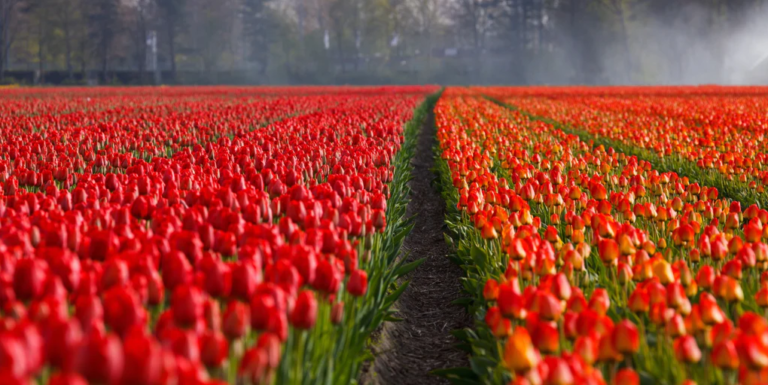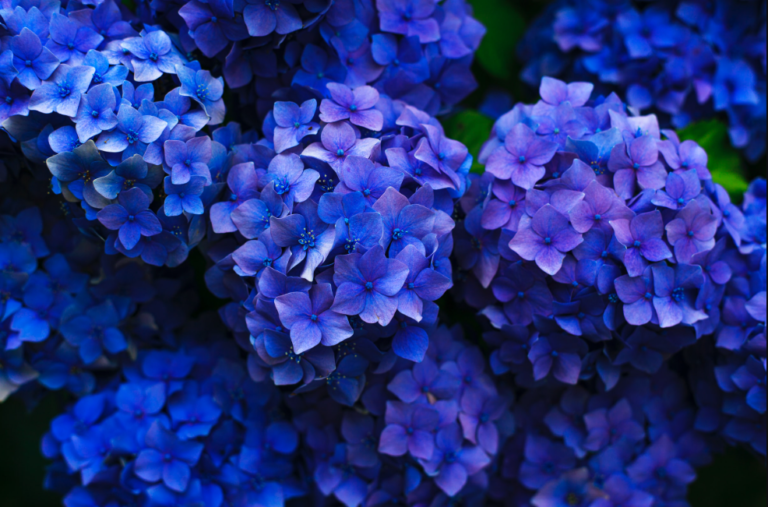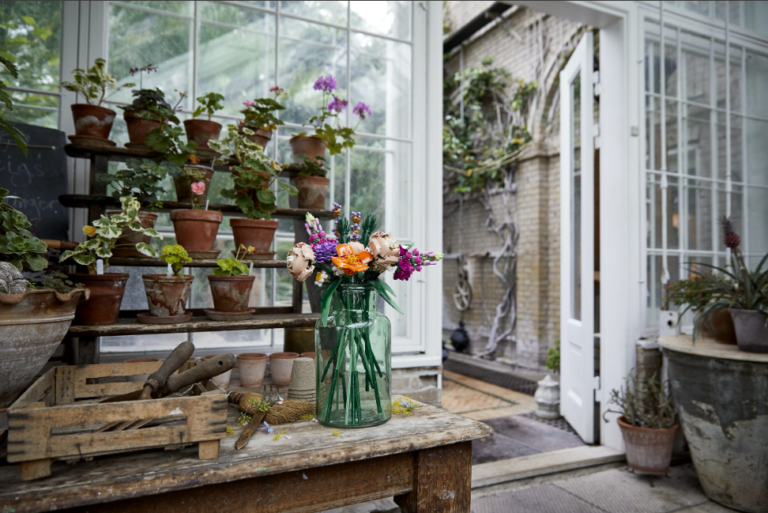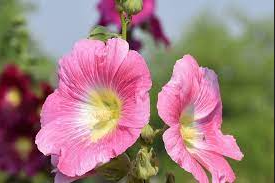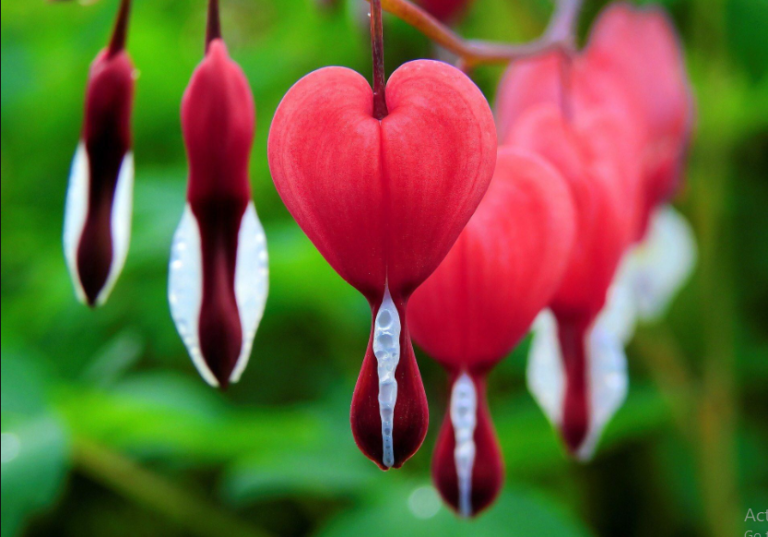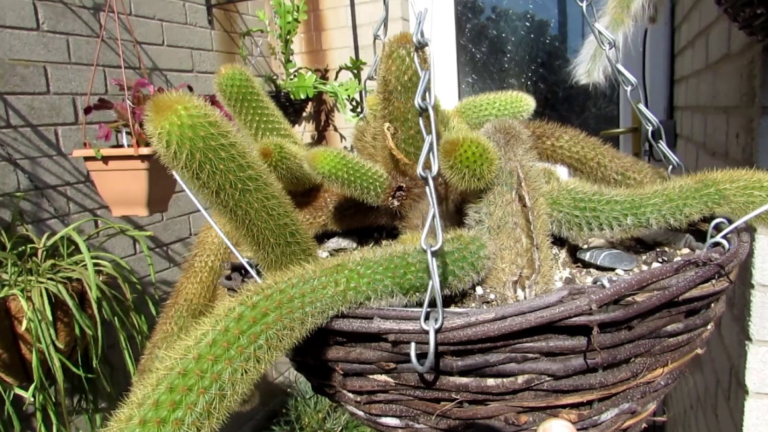Pansies are a very popular garden plant and they look gorgeous for a good chunk of the year, but what about when they have finished? If you use these plants on a regular basis, you have probably wondered what to do with pansies after flowering? Should you dig them up and throw them away, or keep them for next year
Many gardeners simply replace their pansies every year or two years, and you may find that this is the most practical option for you.
Pansies can last for longer, but they have a low frost tolerance, and will often die if you have anything worse than a mild winter. Anyone gardening in the Pacific Northwest may find that their pansies either come again or the self-seed year after year, but if you are in the Midwest or South, your plants will not usually survive the winter.

Treat your plants as annuals, and expect to replace them year after year if you want to continue enjoying the pretty flowers. There isn’t much you can do to prolong the life of your plants, but you can extend the life of the flowers and make sure that the plants produce as many as possible. You can also harvest their seeds and try growing your own.
How Can I Make My Plant Keep Flowering?

So, how do you get pansies to produce more flowers than they will if left to their own devices so that you can turn the front of your home or your backyard into a riot of colorful blooms?
There are a few steps you can do to maximize the flowers, so follow the guide below.
Step One: Remove Seed Pods
You are probably already aware that the pansy’s purpose in making flowers is to encourage pollinators to come and get its pollen and fertilize it so that it can spread seeds. Once a flower is over, it will shrivel up and slowly start to form a seed head, which contains these seeds.
You should pinch out these pods before the seeds have fully formed. The plant will detect that it has not successfully spread its seeds, and will therefore produce more flowers so that it can make more seeds.
You should aim to do this a couple of times a week throughout the flowering season. The more thoroughly and successfully you remove a plant’s dead flower heads, the more flowers it will produce.
It’s a good idea to use sharp scissors, like the ones on Amazon, for this. If you just try to pull the heads off, you might damage the plant’s stems or accidentally pull it up by the roots.
Step Two: Prune The Plant
You want your pansies to put as much of their energy as possible into flowering, so it’s a good idea to cut back growth so your plant pays more attention to its blossoms. You can remove both straggly green growth, and any dying or unhealthy growth so your plant puts up more shoots and blossoms.
While pruning, be careful not to damage any new shoots or buds. It can be easy to mistake a bud for a dead flowerhead, so check before cutting.
Step Three: Water Regularly
If you don’t water your pansies enough, they will dry out and die back. Pansies don’t like getting too dry, and as they often flower in the spring and summer, they may face some extreme heat (depending on your location).
Make sure you water them regularly, especially if you have planted them in a hanging basket, as hanging baskets tend to dry out more easily. You should water your pansies every few days in hot weather, and try to shield them from the direct sun if possible, as this can stress the plants.
Plants that dry out will not produce flowers, and may even die. You should make sure your pansy always has enough water.
Step Four: Fertilize Regularly
Producing flowers takes a lot of a plant’s energy, so you can make things easier if you apply a phosphorus fertilizer on a fairly regular basis. This will give your plant all the food it needs to produce a whole array of bright and beautiful blooms.
If you use nitrogen fertilizer, make sure it is a slow-release version, because pansies don’t enjoy nitrogen and will struggle if the soil has high levels of it. Phosphorus, however, helps to ensure that they have plenty of food to produce flowers with.
Your fertilizer should have directions regarding how much to give your plant and how often, so check the bottle, as different kinds require different applications. Over-fertilizing can be a major issue, so don’t give your plants too much!
Step Five: Save Seed Pods
It’s inevitable that at times, you will find a seed pod you missed the first time around, and when this happens, you might be wondering what to do with it. You should still remove it from the plant, although this may not stimulate more blooms.
The next step is to dry it so that you can remove the seeds. Once the pod has dried, you should see it breaking open, and then you can gently brush the seeds out onto a sheet of paper. Allow them to dry further so that they are totally free from moisture, and then store them in a dark, cool place.
You can plant these the following spring for more pansies. You may find that certain hybrid pansies won’t grow from seed, but it is always worth trying, rather than throwing the seeds away!
Step Six: Remove Dead Plants
Sometimes, a pansy plant simply won’t make it. The best thing to do when this happens is to dig the plant out and discard it. You can put a new pansy plant in its place, and follow the above steps to ensure it stays healthy and produces plenty of flowers.
Don’t worry too much if you find that this happens from time to time. While pansies are reasonably easy to grow, sometimes a specimen just won’t make it, or it might be that your climate is not suitable for growing pansies over a longer time period. It’s still worth trying, but don’t be upset if you lose a plant or two! If pansies are already covered in flowers, some of their energy for the season has been used up. When plants are particularly healthy, you may want to buy them anyway (especially if your choices are limited), because pinching these flowers off before they turn to seeds should result in them being replaced by another array of blooms.
However, bear in mind that the plant has still put energy into the flowers, and won’t have as much for producing more flowers. If the pansies are in small containers, you should also be wary of buying ones with a lot of flowers, because they may be stressed by the cramped growing conditions.

